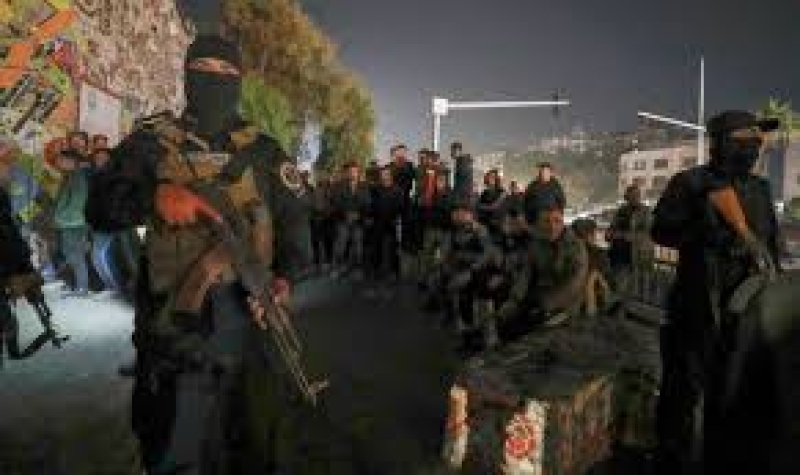- CA Yunus pays homage to Liberation War martyrs on Victory Day |
- Bangladesh capital market extends losing streak for second day |
- Bangladesh celebrates Victory Day Tuesday |
- 'Different govts presented history based on their own ideologies': JU VC |
Clashes Between Islamists and Assad Loyalists Kill 6 Fighters

Clashes between Islamist groups now in control of parts of Syria and loyalists of the ousted Assad regime resulted in the deaths of six fighters on Wednesday, with additional casualties reported, according to the British-based Syrian Observatory for Human Rights (SOHR). The violence erupted as fighters from Hayat Tahrir al-Sham (HTS), the group leading the insurgent offensive that toppled President Bashar Assad earlier this month, attempted to capture a former Assad official accused of issuing execution orders and arbitrary rulings against thousands of prisoners.
The conflict, which saw Assad’s forces and administration crumble under a swift insurgent advance, has triggered further instability in Syria. While the transition of power has been remarkably smooth, the future remains uncertain, as the victorious Islamist insurgents, rooted in a hardline ideology, have not yet outlined how or if they will establish a pluralistic political system, despite their claims.
Since Assad’s departure, sectarian violence has escalated, with dozens of deaths linked to revenge killings, primarily targeting the Alawite minority, to which Assad belongs. In Damascus, Alawite protesters clashed with Sunni counter-demonstrators, and gunfire was reported, although specific details could not be confirmed. Tensions also boiled over in the coastal city of Homs and the Hama countryside, where calls for the release of former Syrian army soldiers held by HTS were met with a violent crackdown. One protester was killed, and five others were wounded in Homs, as HTS forces suppressed the unrest. In response, HTS imposed a curfew from 6 p.m. to 8 a.m.
The recent protests were sparked by a video showing the burning of an Alawite shrine, which further fueled sectarian tensions. The new authorities, however, claimed the video was old, dismissing it as an isolated incident. While sectarian violence has sporadically erupted since Assad’s fall, it has so far remained on a smaller scale than many feared, given the brutal civil war that claimed an estimated half a million lives.
As the conflict continues to unravel, displaced Syrians have begun returning to their homes. However, many are confronted with the stark reality of widespread destruction. In the northwestern Idlib region, residents were seen repairing shops and sealing broken windows in an attempt to restore normalcy. Despite these efforts, much of Idlib and surrounding provinces have been under the control of HTS for years, enduring relentless government assaults.
Hajjah Zakia Daemessaid, a 62-year-old woman displaced by the war, returned to her home in the Idlib countryside only to find it in ruins. “My husband and I spent 43 years of hard work saving money to build our home, only to find that all of it has gone to waste,” she lamented. Throughout Idlib, people moved about the dusty streets, some carrying belongings, while others gathered in empty coffee shops, trying to come to terms with the destruction.
Meanwhile, in Damascus, the newly formed authorities raided warehouses on Wednesday, confiscating large quantities of illicit drugs, including the stimulant Captagon and cannabis, which were reportedly used by Assad’s forces. Authorities set fire to a million Captagon pills and hundreds of kilograms of cannabis, sending a strong message about their stance on the drug trade that flourished under the former regime.
As the country rebuilds, the path forward remains fraught with challenges, from internal strife to a fragile economy and the looming question of how to govern a deeply fractured society.

